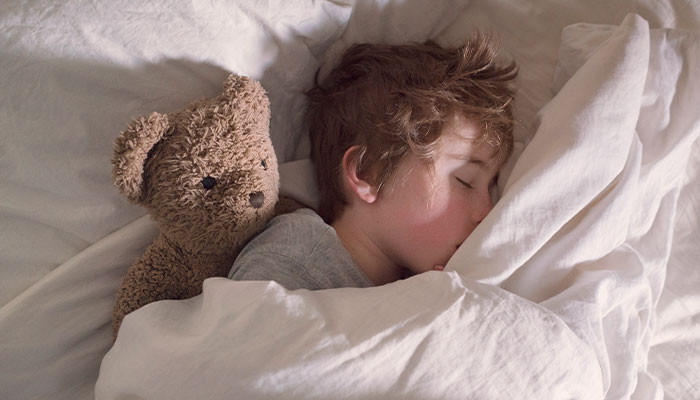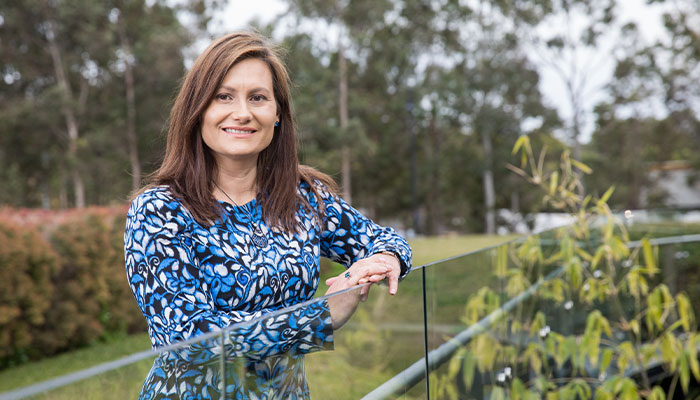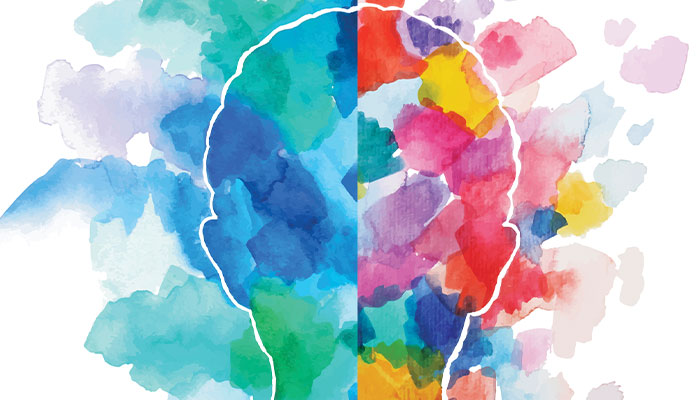If you’re feeling overwhelmed by the amount of stuff in your life, Associate Professor Melissa Norberg is here to help.

Too much: Helping consumers make better decisions about what they buy can lead to many positive outcomes.
The Deputy Director of Macquarie University’s Centre for Emotional Health is using science to help people understand what drives the habits that lead to their overconsumption, and to their reluctance to let objects go.
Her message is for all Australians – our nation is the 13th largest contributor of household waste per capita in the world, spending more than $10.5 billion annually on goods and services that are rarely or never used. “Most everything that we buy will go into landfill – we recycle less than 20 per cent of household waste,” Norberg says.
With a background in clinical psychology, Norberg has worked with people who have hoarding disorder and compulsive buying problems, and as a result started to study object attachment and what contributes to it.
As children we learn that objects provide comfort, and we carry that through for the rest of our lives.
“I realised it is all on a spectrum, and if I can help people who meet criteria for a psychological disorder to let go of possessions, then I should be able to help all consumers make better decisions about possessions.”
Object attachment is a huge contributor to buying and saving possessions we don’t really need – a key understanding for those who want to consume less and rid their homes of clutter.
It goes right back to early childhood, when an object like a blanket or stuffed animal can act as a substitute for an absent caregiver – particularly in Western societies where children, for instance, typically sleep in separate rooms to their parents.
“Many children will outgrow their attachment object, but those who experience a lot of distress in their lives will be more likely to hang on to their attachment objects, and continue to use them in a self-soothing manner,” Norberg says.
“As children we learn that objects provide comfort, and we carry that through for the rest of our lives. We buy many things to give us comfort. It is about learning to recognise that process as often we don’t give it much thought, instead thinking that we ‘need’ the objects.”
The path to buying less
Impulse shopping does make many of us feel good, Norberg says, but we need to realise that the happiness is short-lived – and that more stuff doesn’t make us better people.

Deep roots: Our object attachment goes right back to childhood, says Professor Norberg, when a stuffed animal can act as a substitute for a caregiver.
Before you make a purchase, Norberg says you might ask yourself:
- Why do you want it? What do you hope to achieve by owning the product? Can you achieve that same outcome in another way?
- Are you engaging in retail therapy because you are feeling bad? Will buying something solve the problem that led to you feeling bad? Probably not, Norberg says.
- Do you really need it? Or are the four you already own adequate?
- Are you buying something that you think will bring you closer to someone, like your child or a friend? Instead, think about doing something that will bring you closer.
The path to decluttering
Among Norberg’s science-based tips to aid the process of letting things go:
- When it comes to your closet, watch out for the voice that says: “I will wear it one day”. It can mean items hang around unworn for so long that they become unwearable, rather than giving them to someone else to wear before they are unuseable.
- Stop listening to the message that you can’t get rid of things because you might need to use them one day. “If it is something you need very infrequently, can you borrow it from someone when you need it or use an alternative?” Norberg says.
- If you hang onto a lot of sentimental items (your child’s baby clothes, numerous possessions from someone who has passed), focus on why you want to save them. "It’s to remember the loved one and the good times. If all those things are stored in boxes or piled on top of each other, they aren’t serving their purpose. Moreover, you don’t need every single item to remember your loved ones or special times. So figure out what the top 10 most important items are and save those items. Display those items. Cherish those items. Get rid of the rest,” Norberg says.
Working on your emotions
If you want to own fewer possessions, it is about stopping and pausing and realising that acquiring and saving is always about increasing a positive emotion or decreasing a negative emotion, Norberg says.
“So it is about learning to tolerate our emotions and finding other ways to change our emotions and how we think about ourselves. If we had a bad day at work, can we go for a walk or talk to a friend instead? Can you sit with some anxiety or sadness without turning to a possession for help?”
- The Great Resignation: Purpose and meaning matter more than ever
- Single sex v co-ed: which is best for kids' education?
Norberg isn’t saying don’t ever buy or save anything. She is simply encouraging people to be more cognisant of what they buy and save. “We are consuming much more than our Earth can handle. Some of us are consuming more than we can afford or more than our homes can easily store.
"This hurts us, those around us, and will hurt future generations. So let’s buy and save less. I’m not advocating for a throw-away culture either. Instead I’m saying, if you’re not using it, let someone else use it. That might mean donating it or recycling it to be repurposed into something else.”

If you want to learn more about the power of possessions and how to overcome your attachment to them, join, Associate Professor Melissa Norberg (pictured) at the Vivid Sydney festival, where she will hold the talk and workshop Too Much Stuff? Discover the Science of Letting Go on Saturday, June 4. See here for details and tickets



